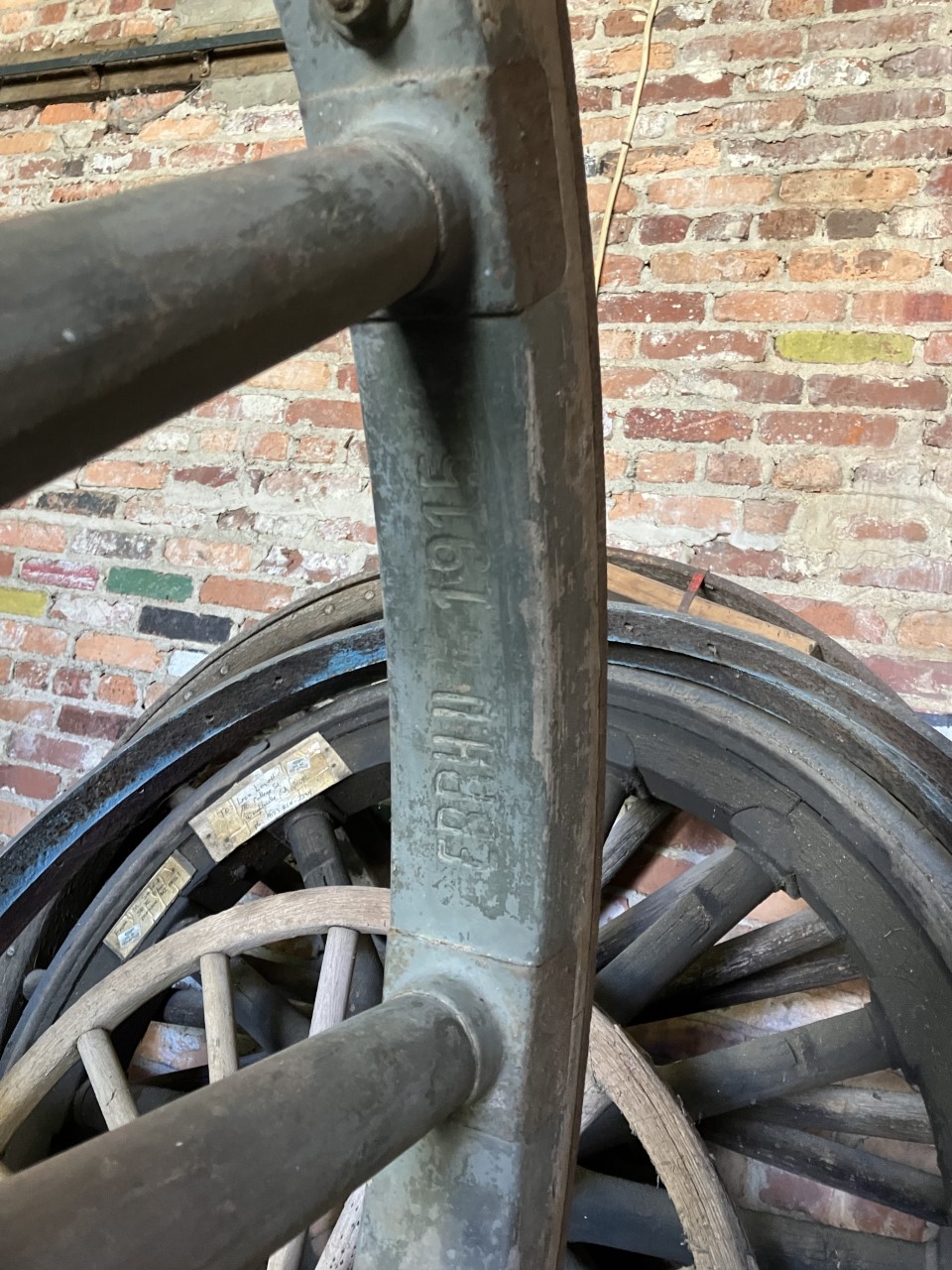 |
 |
 |
 |
 |
 |
 |
 |
 |
 |
 |
 |
 |
 |
 |
 |
 |
 |
 |
 |
 |
 |
Above:In 1896, the limber (Protze) to support he German 7,7cm lFK 1896 came into service. Around 1905 the 7,7cm gun was altered from a non-recoil gun to one with a recoil system and redesignated the 7,7cm lFK 1896 n/A meaning new model. Even though the ammunition did change, It does not seem that the limber was greatly altered with the updated gun. In 1898, the limber (Protze) to support the 10,5cm lFH 1898 was put into service. Like the 7,7cm gun the 10,5cm howitzer was updated starting in 1909 with a recoil system, shield, axel tree seats, and spade and as with the 7,7cm limber, the 10,5cm limber does not seem to have been greatly altered. The 7,7cm lFK 96 Limber and the 10,5cm lFH 98 Limber share many features such as limber pole, yoke, single trees, wheels, and apparently the same underframe. They also use the same Field Artillery saddle and harness system in the Prussian, Prussian aligned Lander and Bavarian services. The two limber did however, have a number of differences. Most importantly, the 10,5cm lFH Limber box is substantially larger than the 7,7cm box. The layout of ammunition is different with the 7,7cm box interior stacking the ammo horizontally, whereas in the 10,5cm Limber box the ammunition is stacked vertically. The footboards are the next area where a difference can be seen. The 7,7cm footboards are at an angle and not very elevated from the frame, whereas the 10,5cm footboards are set much higher to compensate for the taller, larger limber box that the riding crewman sits on. Even though the 7,7cm gun and 10,5cm howitzer had different size wheels, it seems that the two limbers shared the same 7,7cm type wheel. However, some late war photos do seem to show the short howitzer wheels on a few limbers. More systematic changes can be seen in the 1923??? Manual. In this Inter-War Period, a different towing hook was fitted with a horizontally mounted spring to reduce the jarring of the gun or howitzer against the frame of the limber. Some years later, the arm rest were subtlety changed. The early pattern armrest had a rounded front whereas the later ones had a sharper angle.
 |
Above:
 |
 |
Above:
 |
 |
 |
 |
 |